How and when to use Fitosporin M for tomato processing?
Late blight is a common disease of tomatoes. It is especially disappointing that the peak of plant damage occurs just during the period of fruit ripening: hot days, cold nights. Experienced summer residents prefer Fitosporin M for tomatoes as a preventive and therapeutic agent - it works reliably and effectively.
Features of the drug
"Fitosporin" is a biological fungicide based on spores and cells of beneficial soil microorganisms. Quickly and easily entering the vascular system of cultivated plants, phytospores suppress the development, activity and reproduction of pathogenic microorganisms, including the fungus Phytophthora infestans Mont. De Bary is the causative agent of late blight.
The domestic industry offers the drug in three forms - powder, liquid and paste. In terms of the degree of influence on the parasitic microflora, the forms do not differ from each other. The whole difference lies in the methods of preparation of working solutions.
Valuable qualities of "Fitosporin":
- Biofungicide retains its properties in the temperature range from -20 to + 30 ° C.
- There is no phytotoxicity - cultivated plants, their fruits remain harmless to humans and most pollinating insects.
- It is used at all stages of plant development - from seed treatment to fruit ripening.
If there are bee hives in the summer cottage, bees are not allowed to fly out during processing, since the drug poses a threat to them (hazard class 3).
In relation to a person, "Fitosporin" is classified as a 4th hazard class, all work with it is carried out with a minimum set of personal protective equipment - gloves, goggles and a gauze mask are needed to protect the respiratory system.
The working solution for tomatoes is prepared according to the instructions for use.
Powder
To soak seeds, a solution is prepared from 1.5 g of the product (half a teaspoon) and 100 ml of water.
For spraying tomatoes, dissolve 5 g in 10 liters of water. The sheet is processed twice with an interval of 10-15 days.
For soil disinfection in open and sheltered beds - also 5 g / 10 l. Water the soil 5-7 days before planting seedlings, process greenhouse structures.
The solution is prepared 1-2 hours before use.
From pasta
Pasty "Fitosporin" contains humates. The base solution is prepared in a ratio of 1 part of the paste to 2 parts of water, its long-term storage is possible throughout the season.
Before use, prepare a working solution according to the following schemes:
- pre-sowing seed treatment - 2 drops of the base solution per 100 ml of water, explication time - 2 hours;
- spraying - three teaspoons of a concentrated solution are diluted in 10 liters of water (or 20 drops / 1 liter for watering and processing seedlings).
From liquid form
Several types are produced - for bioprotection, storage and pre-winter processing, but the products are absolutely identical in terms of the content of microorganisms, they are used in the same way - they process indoor plants, seed material, stored fruits, vegetables, tubers, bulbs of ornamental garden plants.
The solution is prepared from 10 drops diluted with 100 ml of water, consumed immediately.
"Fitosporin M Reanimator"
Biofungicide containing Bacillus subtilis concentrate (the main active microorganisms) is enriched with amino acids, phytoantibiotics, enzymes, vitamins. It is used to treat and restore tomatoes with serious lesions:
- 1:20 - spray solution at the initial stage of the lesion, repeated after 10 days;
- 1: 2 - with severe lesions, spraying is also repeated after 10 days.
Working solution consumption - 1 l / 10 m2.
The manufacturer recommends preparing solutions at room temperature - from + 18 ° C. Bacteria lose their activity at + 35 ° C. Containers for ready-made liquids must be clean, without residues of chemicals used before.
Not so long ago, a narrowly targeted drug, Fitosporin M Tomatoes, appeared on the market. In addition to the fungicide itself, it contains a complex of trace elements necessary for high-quality ripening of fruits. When using such a remedy, micronutrient fertilization is abandoned so as not to overfeed the plants.
How to spray tomatoes with Fitosporin M?
Hand sprayers of various models are used to spray the solution. Since the drug does not like the "neighborhood" with chemicals, experienced summer residents advise for biological products - fungicides, insecticides - to purchase a separate device, as well as a container for the solution.
A cloudy day without wind and rain is suitable for processing open beds. The time of the procedure is morning, so that the treated plants have time to dry out before the evening.
Before starting work, diseased leaves and fruits are removed and destroyed to help beneficial bacteria stop the spread of fungus in the beds and the entire area.
Spraying is carried out so that the smallest particles of the solution fall not only on the outer surface of the leaves. The whole plants are subject to processing - from the base of the stem to the tips of young leaves, including fruits, developing or ripening, healthy parts of the plant. They begin to act from the lower parts of the bushes, gradually rising up.
For better adhesion of the solution, add liquid soap to it (1-2 tablespoons per bucket). Once on the leaves and stems of the plant, the beneficial bacteria contained in the solution immediately start to work, and the film formed by the soapy solution will protect the surfaces from the penetration of new parasites.
In dry, clear weather, spraying is carried out at two-week intervals. If it rains, additional procedures are performed: the treatment solution is partially washed off, at the same time pathogens are activated. Summer residents who have been growing tomatoes for a long time recommend not to wait for favorable conditions for the development of late blight, but to carry out preventive spraying regularly throughout the growing season.
To achieve a greater effect in the prevention of disease, monthly watering of the soil under the bushes with a solution of "Fitosporin M" is carried out. Sometimes this irrigation is carried out more often - every week. In this case, they do not need to be sprayed.
When to process tomatoes in the greenhouse?
Since the conditions of the closed ground exclude the washing off of the product by rains, the treatment with Fitosporin in the greenhouse has several features.
First of all, not only plants are subject to processing. At the beginning of the season, all internal surfaces and details of the greenhouse structure are treated with a solution of the drug. A week before planting seedlings (sowing seeds), water the soil.
Soil processing technique:
- Depending on the climatic characteristics, greenhouses are cultivated from the end of March (in the southern regions) to the end of April (in areas with long winters).
- Solution consumption rate - 5 l / m2.
- Watering is carried out with a watering can.
- Sprinkle the wet soil with dry earth, cover with a film material.
- After 3-4 days, the beds are opened to dry.
Processing of tomatoes - seedlings and adult plants - is carried out with an ordinary solution no more than once every two weeks, if the situation is calm. If signs of the disease appear on some bushes, spraying is carried out weekly.
It is possible to use "Fitosporin" in combination with most modern fungicides, insecticides, stimulants, fertilizers - chemical and biological.An exception is formulations for feeding with an alkaline reaction. It is also undesirable to combine the use of dressings and types of preparation enriched with micro- and macroelements.
Easy-to-use "Fitosporin" has proven itself not only as a means of preventing and combating late blight and other fungal and bacterial infections. The drug promotes improved absorption of nutrients by plants. However, in the fight against tomato infections, using this drug exclusively means committing a gross agricultural error. Even super medications do not free the summer resident from the need to properly care for the planted vegetables.
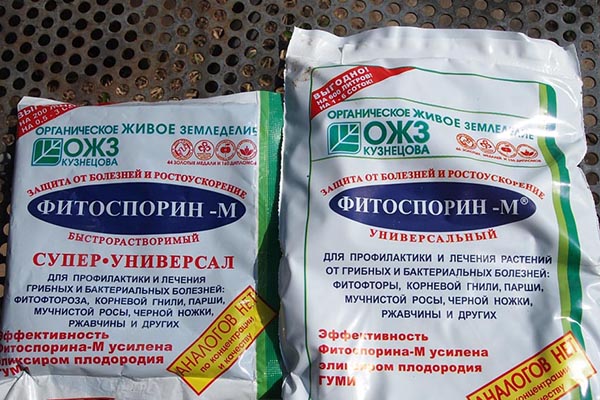
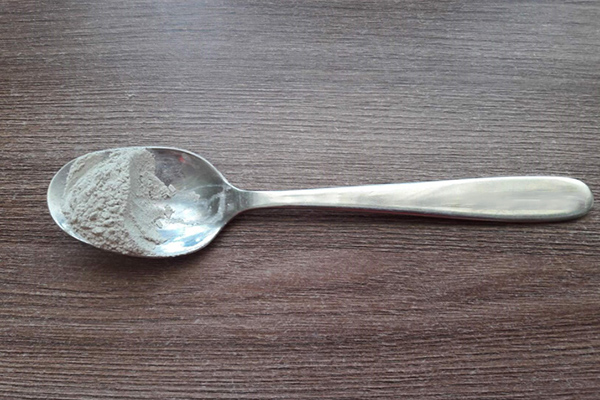
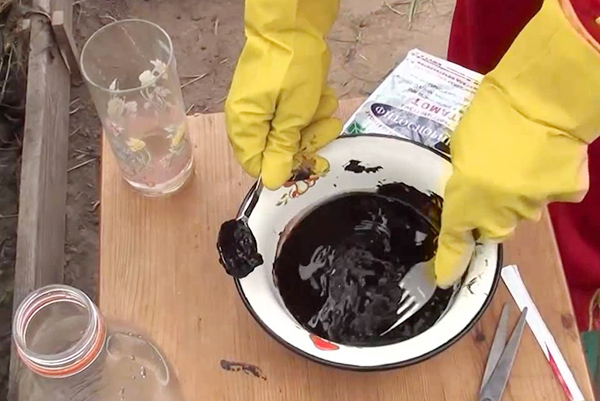
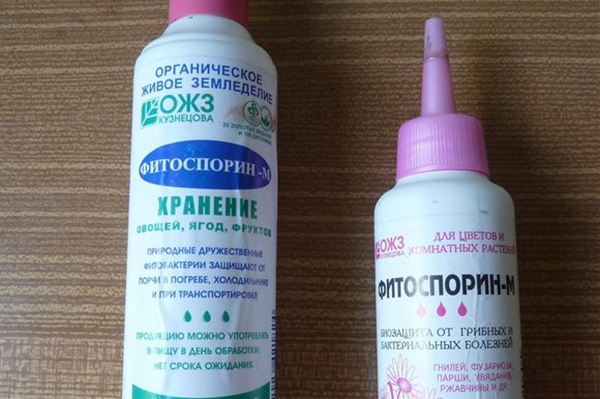
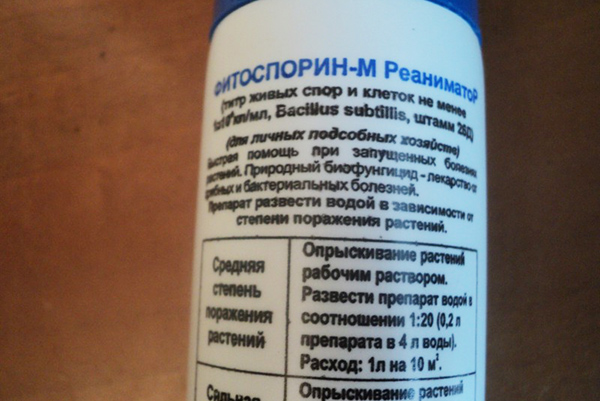
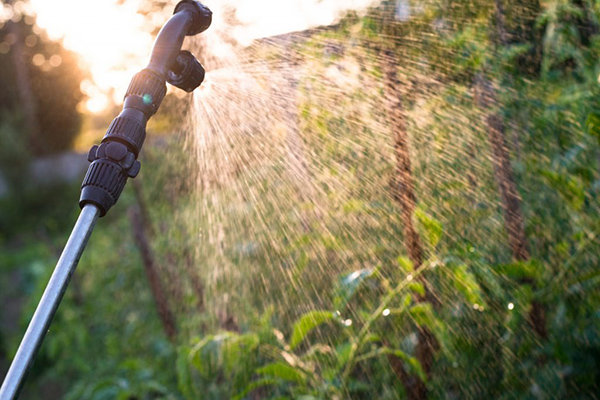
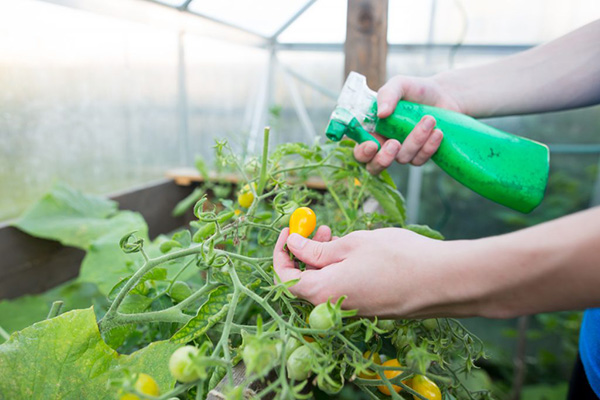

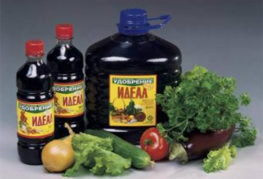
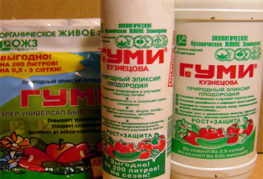
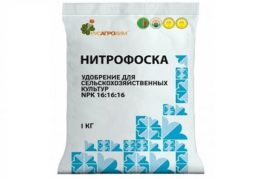
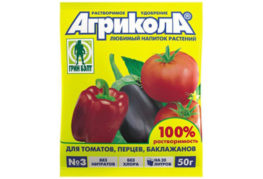
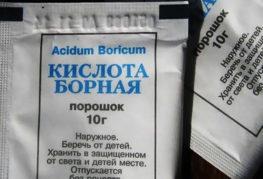
and will be published shortly.